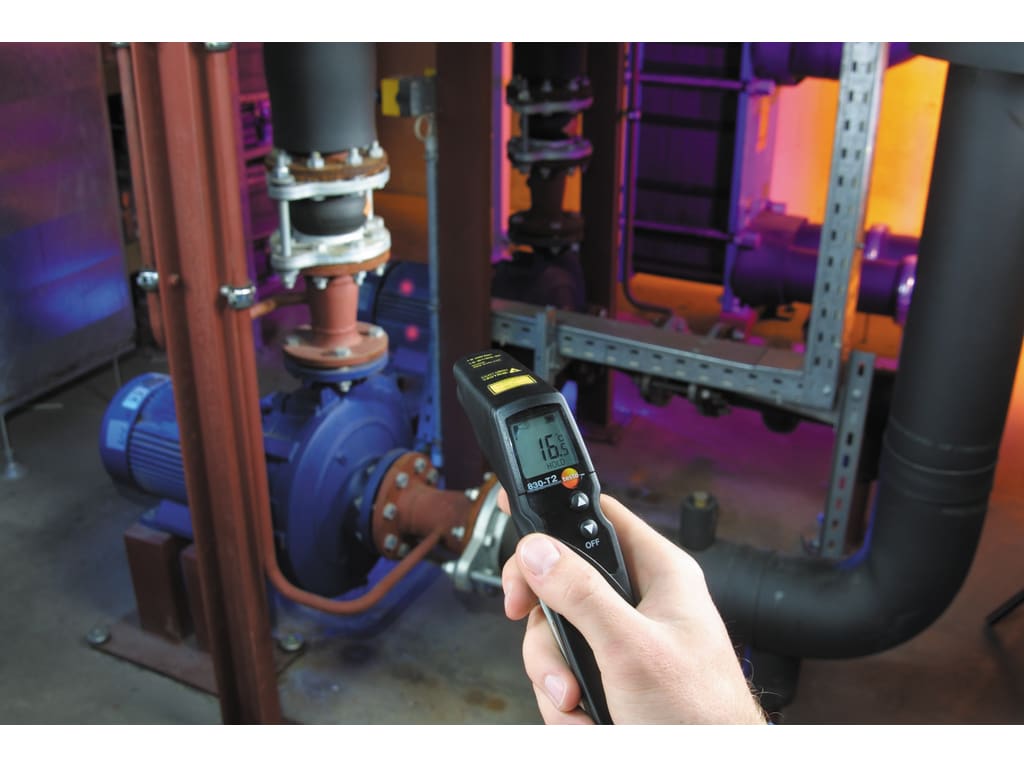How to Use Spot Size Ratios
Sponsored by:

How to Use Spot Size Ratios
Tip written by: Infraspection Institute
With awareness of infrared technology at an all time high, point radiometers have become a common tool in a wide variety of industries. Understanding how to properly apply spot size values is imperative for accurate temperature measurement.
For non-contact radiometers, manufacturers typically supply spot size values. These values are usually expressed as a ratio such as 50:1. Spot size ratios allow one to calculate the minimum target size for a given distance or the maximum distance for a given target size. The formulae for these calculations are as follows:
Distance to Target ÷ Spot Ratio = Minimum Target Size
Example: Using a radiometer with a spot ratio of 50:1, calculate minimum target size at 25″ from a target
Solution: 25″ ÷ 50 = 0.5″
Target Size x Spot Ratio = Maximum Distance
Example: Using a radiometer with a spot ratio of 50:1, calculate maximum distance for measuring a 1″ target
Solution: 1″ x 50 = 50″
It should be noted that non-contact radiometers are subject to minimum focus distances. Prior to using the above formulae, ascertain the minimum focus distance for your radiometer. The formulae contained herein are only applicable at or beyond a radiometer’s minimum focus distance.
Lastly, spot size ratios supplied by manufacturers are frequently quoted at 90% radiance (accuracy) or less. The Standard for Measuring Distance/Target Size Values for Quantitative Thermal Imaging Cameras provides a simple procedure for accurately calculating spot ratio values for imaging radiometers. To obtain a copy, contact Infraspection Institute at 609-239-4788 or visit the Standards section of the Infraspection Online Store.
Visit Infraspection Institute Web Site


